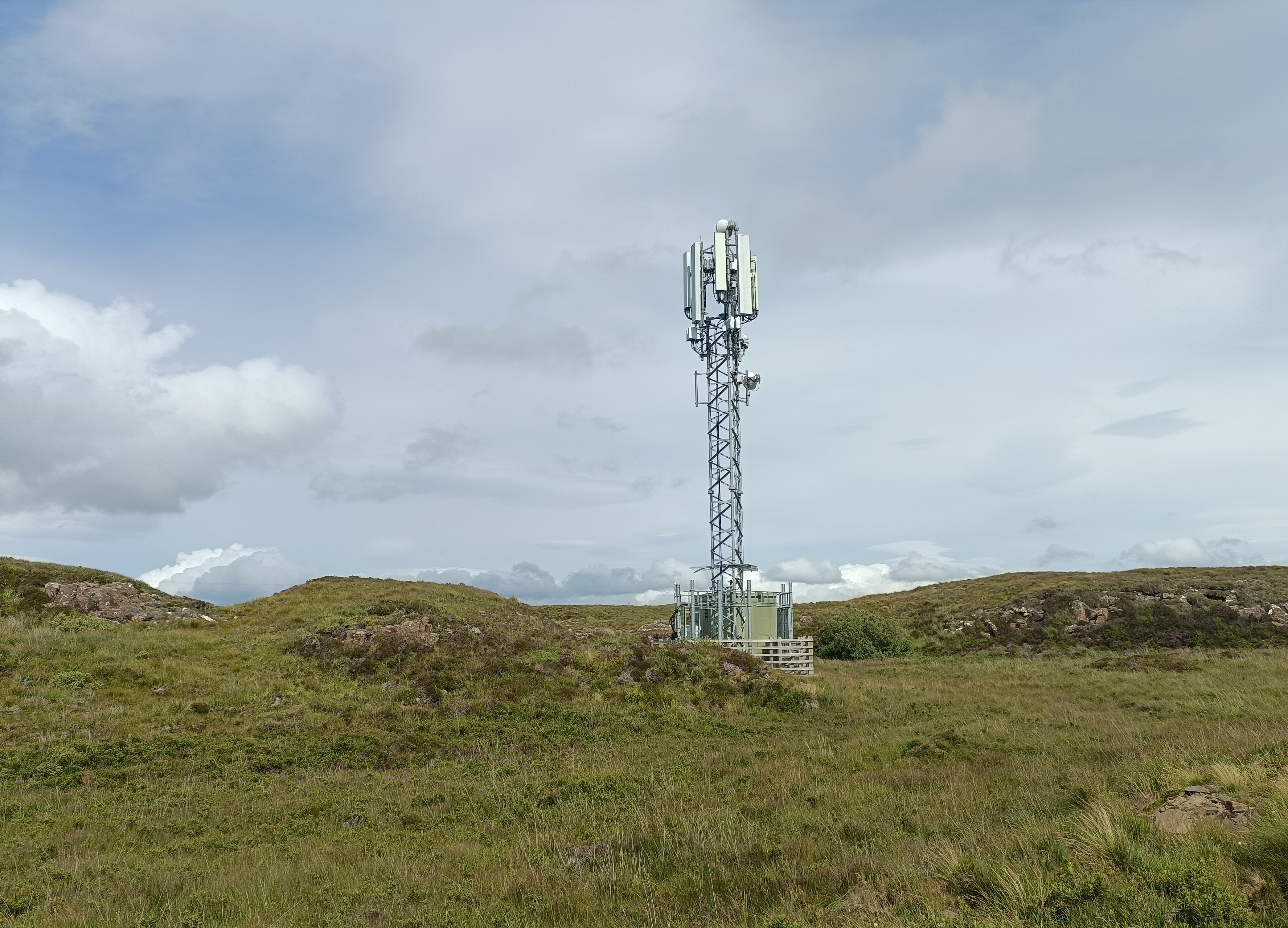Residents of Scotland’s more remote and beautiful areas are increasingly concerned about disruption and environmental damage involved in connecting communities through the Shared Rural Network, a £1billion Government deal with the UK’s four mobile network operators to improve 4G coverage and level up connectivity across the UK.
It is time for Government and mobile operators to work more closely with local communities to ensure an effective, joined up digital rollout without damaging precious landscapes. That will require changes to the current SRN programme, but policy makers should carefully review the current commitments and take appropriate decisions.
In Scotland SRN aims to achieve 74% 4G mobile combined coverage from the mobile network operators, up from 44% at the start of the programme, with coverage from at least one mobile operator increasing to 91%.
Detrimental impact
The programme was introduced by the Conservative Government under then Prime Minister Boris Johnson in March 2020. The new administration is similarly committed, its manifesto pledging: “Labour will make a renewed push to fulfil the ambition of full gigabit and national 5G coverage by 2030.”
Improved coverage in rural areas is important for residents and businesses. The Partial Not Spot (PNS) element of the SRN programme provided additional coverage and choice of mobile services, whereas the next phase of the project, Total Not Spots (TNS), looks to locate masts in more remote areas where they are often not wanted by local communities and landowners. In some cases their very presence can have a detrimental impact on the reason people come to visit in the first place.
New masts are put up to fulfil the geographical requirements of the SRN commitment, without any wider consideration of the full impact of these installations, including areas that aren’t covered. Those who live and work in these areas need to have an alternative option for communication, should an incident occur where there isn’t any coverage, so the value to them of the new sites is questionable.
There is also significant environmental and other impact caused by new mast sites, whether that is the visual intrusion of the mast structure itself, the power and fibre services required, or access visits for refuelling generators, maintenance or other reasons.
Entitlement to costs of obtaining advice
Recent Tribunal decisions have increased the rent that should be paid for radio masts sites to a minimum of £1,750 a year, increasing the overall cost of the SRN programme. Some are questioning the logic of investing in the TNS phase when funds could be redirected to boosting coverage on the railways as frustrated commuters struggle to get online, as reported in a Telegraph report on 17 August.
Rural and remote locations must have the opportunity to play a full part in the digital economy – that means access to reliable mobile communication. However, this should not mean inflicting damage on our heritage; progress should not be at the expense of the environment or aesthetics of Britain’s most beautiful landscapes.
We at Galbraith have advised landowners on more than 150 approaches under the SRN programme to date. As the operators should be responsible for paying all the fees incurred for progressing their enquiries, obtaining professional advice at an early stage of an approach is recommended to protect your property rights.
- Read the latest news and views from our experts in Energy Matters Summer edition 2024. And watch for issue 29 – out soon.

